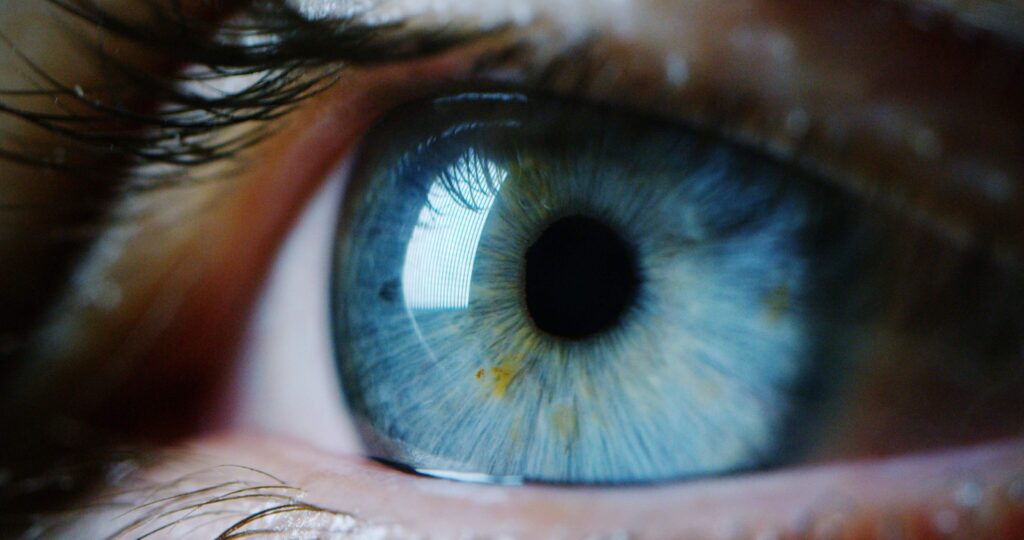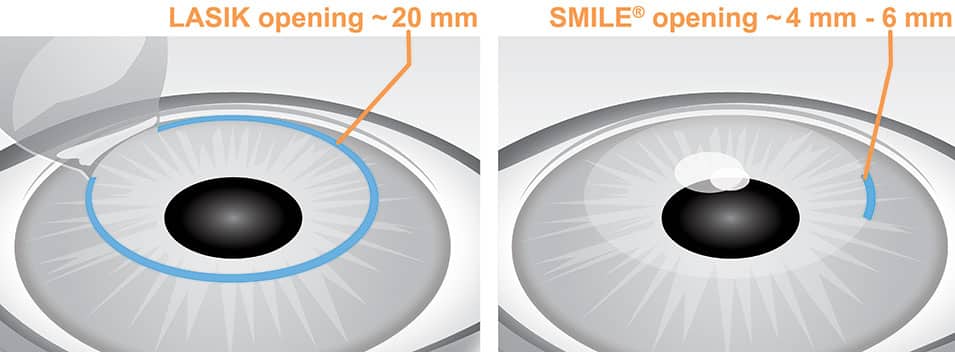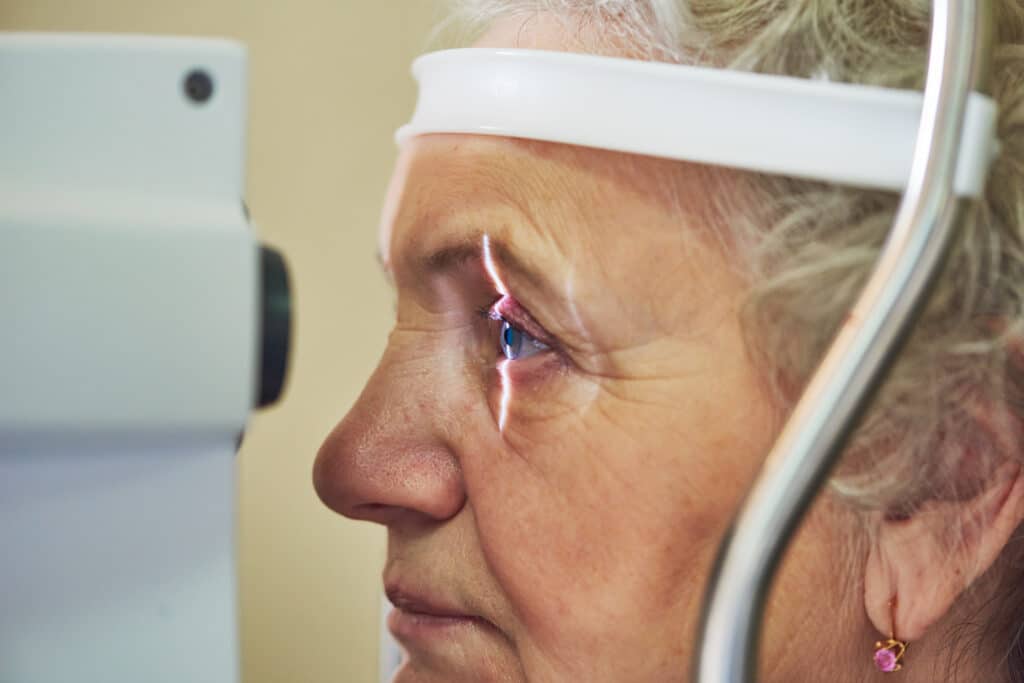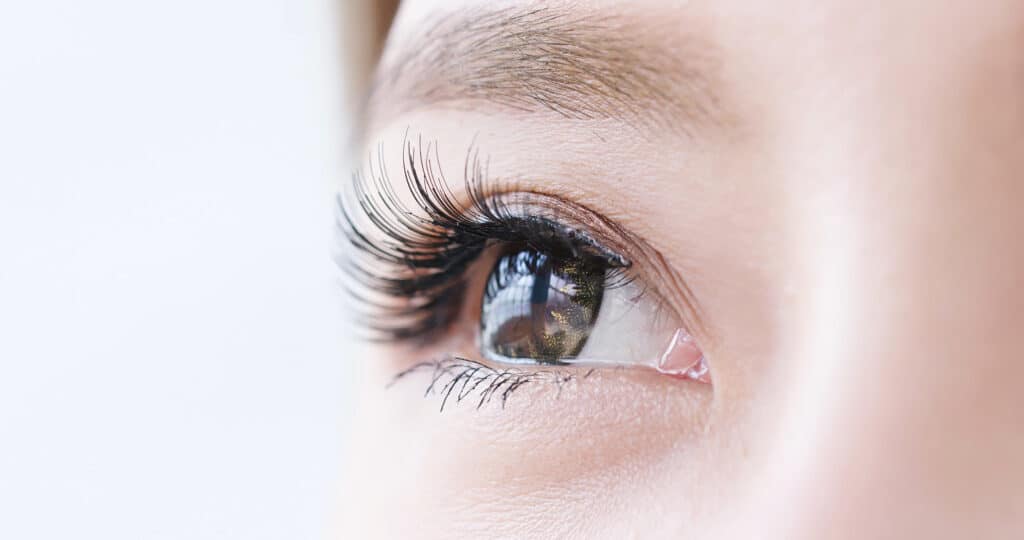SMILE Eye Surgery vs. LASIK: A Detailed Comparison
February 17, 2021
What Is SMILE Eye Surgery?
SMILE (small incision lenticule extraction) is a laser eye surgery intended to correct nearsightedness (often in higher degrees of severity) astigmatism to improve the patient’s overall vision. SMILE is the most recently developed mainstream laser eye surgery to earn consideration for widespread treatment. Although it is relatively new, refractive errors in over three million eyes have been corrected by SMILE as of June 2020.
During a SMILE refractive surgery, a Visumax femtosecond laser is used to generate pulses that will define and establish an outline of a thin, lens-shaped piece of corneal tissue called a lenticule. The Visumax femtosecond laser is then used to create a keyhole incision, typically no more than 3.8 millimeters long, which provides the surgeon access to remove the lenticule. This process reshapes the cornea and, in-turn, corrects or improves the patient’s vision.

Is SMILE Eye Surgery Safe?
Small incision lenticule extraction is a minimally invasive, flapless laser eye surgery that requires an impressively short recovery time of just two to four weeks for vision to completely stabilize. SMILE has been conducted over 3 million times (according to Carl Zeiss Meditec) with a high success and patient satisfaction rate. It has been performed in controlled clinical studies since 2007, commercially available since 2011, and is conducted in over 70 countries worldwide. Although all surgical procedures come with some inherent risk, SMILE has proven time and time again to be a viable and safe refractive eye surgery option.
Who Is a Good Candidate for SMILE Eye Surgery?
SMILE laser eye surgery can be used in instances where the patient has nearsightedness (myopia), astigmatism, or even a combination of the two. The best candidates for this procedure frequently fit one of the two following criteria:
- A higher degree of nearsightedness: The SMILE procedure can be utilized for vision correction for patients that have myopia anywhere from -1.00D to -10.00D.
- A concern or propensity for dry eyes: Because the incision in the cornea is minimal, the patient will likely experience less sensations of dry eyes.
SMILE reduces the patient’s exposure time during the procedure while still delivering a highly accurate vision correction, making it an appealing option to consider for those experiencing either of these conditions. Other variables that may make a good candidate for SMILE include having a stabilized prescription, normal cornea measurements, no prior eye surgeries, and overall healthy eyes.
By having a thorough eye examination conducted by an ophthalmologist, a patient will receive a professional recommendation on the best procedure (if any) for vision correction. The severity of refractive error, and the thickness and curvature of the cornea should be assessed during this time. Because each refractive laser procedure has its own strengths and use cases, it is important to use this data as well as information unique to the patient to determine if the SMILE procedure is right for them.
How Do SMILE and LASIK Compare?
SMILE and LASIK (laser-assisted in-situ keratomileusis) are both safe and effective options for laser vision correction. These are similar laser vision correction procedures in that they both correct the patient’s refractive error by reshaping their cornea. The method in which the corneal adjustment is achieved, however, is different with each procedure.

LASIK at a Glance
During a LASIK procedure, the primary difference is that a circular corneal flap is created first with a femtosecond laser. After the corneal flap is established it is then raised. The surgeon then uses an excimer laser to reshape on the underlying stroma by removing the appropriate corneal tissue for vision correction.
When comparing SMILE vs LASIK, LASIK is a more versatile procedure in that it is able to correct more types of refractive errors – including farsightedness (hyperopia). LASIK has become an industry standard when it comes to trusted laser vision correction, with more than 19 million procedures performed in the United States alone. It is also highly effective, with more than 90-percent of patients who receive LASIK achieving 20/20 vision (and more than 99% achieve 20/40 vision or better).
LASIK Limitations
This tried-and-true procedure has delivered sharp vision free of contact lenses and glasses to countless patients, however it is not without some minor drawbacks. The primary negative side-effect to LASIK is the potential sensation of dry eyes, burning, or itching. This is largely a result of corneal nerves being severed during the flap-creation process in LASIK. Although these sensations typically disappear within 3 to 12 months, it is a very common symptom for patients in the LASIK recovery phase as the nerves grow back. The other minor disadvantage to LASIK is that the creation of the corneal flap will structurally weaken the cornea. For most LASIK patients this is not an issue that factors into their everyday life at all, however it is possible that the flap could become dislodged if significant trauma occurs on the eye.
The Path to Clearer Vision Starts Here
SMILE Eye Surgery Compared to LASIK
While SMILE and LASIK generate similar results for those with myopia or astigmatism, the primary benefits of SMILE are correlated to the fact that it is a flapless laser procedure. SMILE’s use of a 3.8 mm keyhole incision is less invasive (in comparison to LASIK’s ~24mm flap cut) and results in fewer nerves within the cornea being severed during the procedure. In turn, this makes the prevalence of dry-eye symptoms much lower for SMILE, and allows the SMILE procedure to have a slightly faster recovery time than LASIK.
Since the SMILE procedure leaves the outer layers of the cornea mostly unaffected, the cornea remains strong and stable after the surgery. Interestingly, while LASIK requires the use of both an excimer laser and femtosecond laser, SMILE utilizes only the femtosecond laser. Avoiding the flap creation process, SMILE is able to use the one laser to create a lens-shaped piece of corneal tissue (the lenticule) with minimal exposure and limited disruption of the eye’s structural components.
Since no flap needs to be made during a SMILE procedure, it may be a preferable refractive surgery for patients that have thin corneas as well. This is because SMILE leaves superficial layers of corneal tissue intact and makes its corrections simply by removing the necessary deeper layers of the cornea’s tissue.
SMILE Limitations
The most notable limitations for SMILE laser eye surgery are in relation to the patients that it is unable to treat. While SMILE only treats nearsightedness and astigmatism, LASIK and PRK (photo-refractive keratectomy) can treat farsightedness in addition to refractive errors caused by nearsightedness, astigmatism, and some higher-order aberrations.
Additionally, SMILE is a comparatively new refractive surgery option. This underscores the importance of due diligence in choosing a surgeon who is experienced and highly recommended to trust with your small incision lenticule extraction procedure.
Is SMILE or LASIK More Affordable?
SMILE laser eye surgery and LASIK are in the same price range, so cost is not likely to be a determining factor of which procedure to choose. In general, the cost of both SMILE and LASIK can range between $1,800 and $3,600 per eye depending on a number of variables. These variables include the practice location, the experience and reputation of the surgeon, follow-up exams, and more.
Conclusion
Both SMILE laser eye surgery and LASIK are proven procedures that can bring better vision to so many people. Each procedure will correct refractive error by reshaping the corneal tissue. Both procedures achieve similar long-lasting results and have comparable visual recovery time. While each surgery has their own advantages, it is best for patients to consult with refractive surgeons or ophthalmologists to receive a recommendation that is personalized to their unique refractive error, thin corneas, or other conditions.
At Heart of Texas Eye Institute we offer SMILE, LASIK, and PRK procedures. Our diverse expertise allows us to objectively recommend and administer the best possible treatments for our patients. If you or someone you know is interested in exploring laser eye surgery, please reach out to us today for a free consultation and allow us to lead you down a path of better vision and a better lifestyle.


